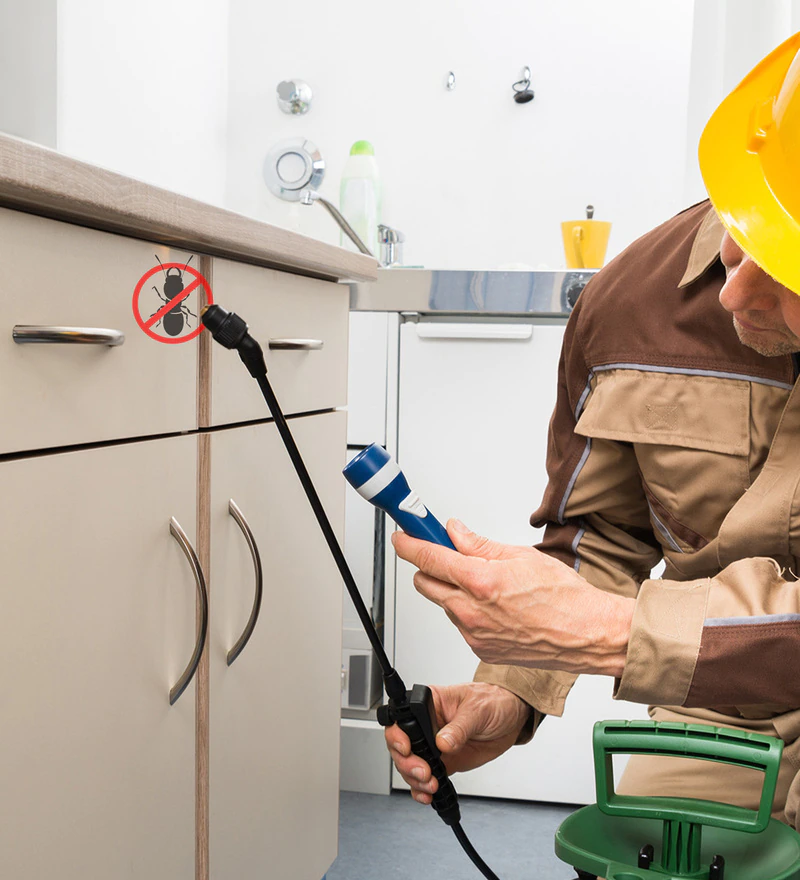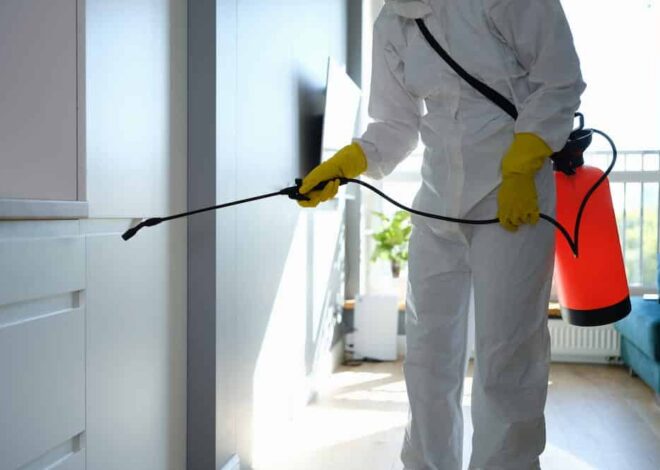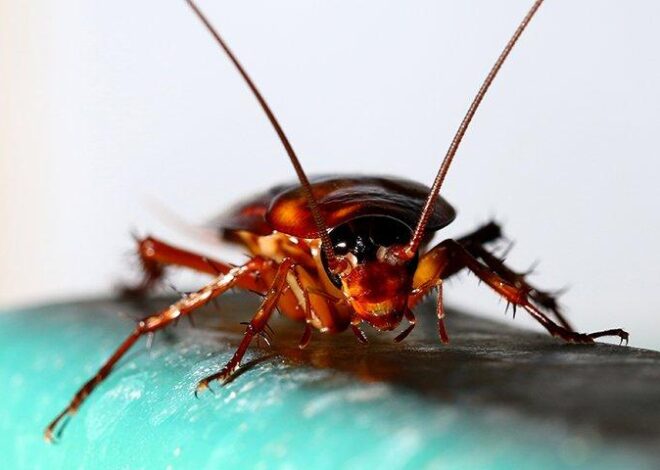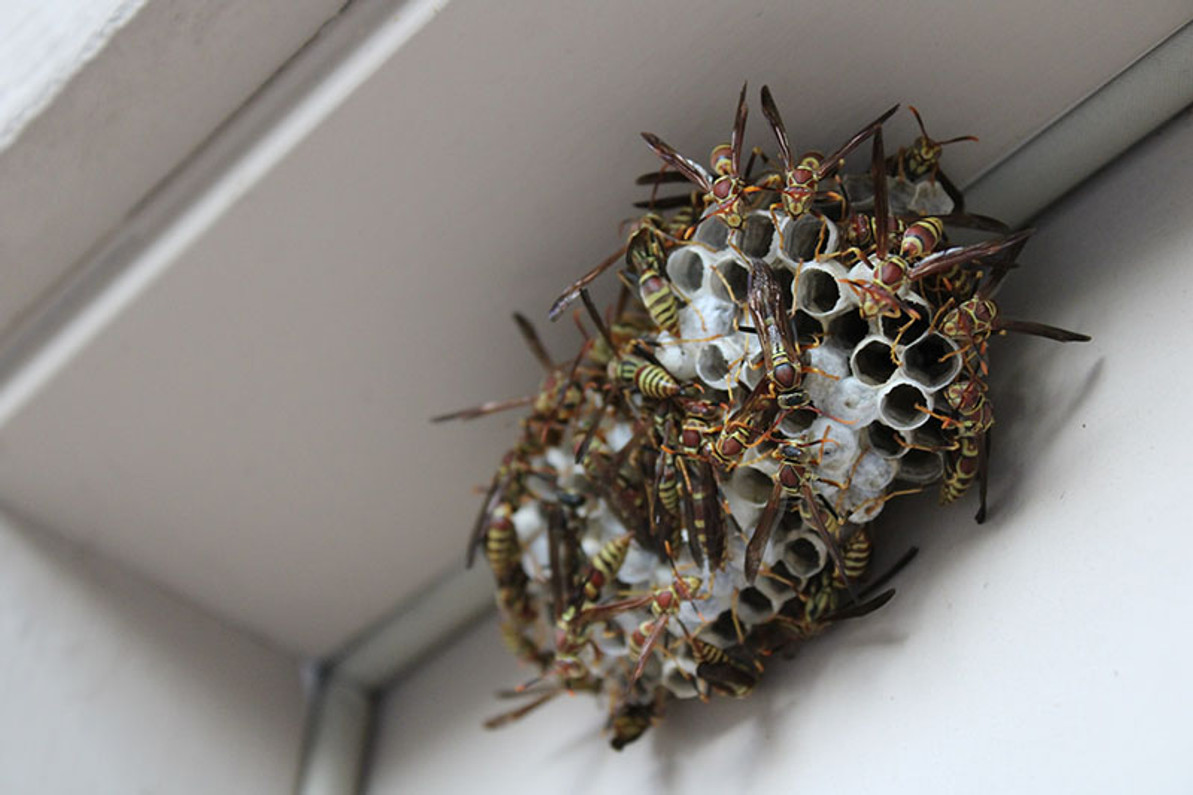
The Science Behind Pest Control: How It Works And Why It’s Important
Pest control is essential in maintaining the hygiene and safety of our surroundings. Pest infestations can be responsible for causing significant damage to your home as well as your health. Therefore it is necessary to consider pest control in a timely manner, whether it’s about your home or commercial places. Here you will take a closer look at the Science behind pest control: how it works and why it’s important.
What Is Pest Control?
The method used for controlling, managing, and eliminating pests or insects from your surroundings is known as pest control. Pests come in different forms like rodents, birds, insects, and other animals. For eliminating and reducing the damages caused by such insects, pest control is there.
After using different control methods, you may find a reduction in harm and damage caused to your environment, health, and buildings. You can deal with pest infestation problems only when you know about the compelling process.
The Science Behind Pest Control
You will find that a significant amount of science goes into pest control. The main goal of pest control is to identify and control the pest by inspecting a particular area. The pest control companies use several techniques or methods to achieve the goal.
Identification
The first step of pest control is identifying the problem. Prevention and control can be taken only when proper inspection of the area and the type of pest and extent of the infestation is identified. The identification step is essential in deciding the effective control method so that you can have amazing results.
Prevention
After identifying the pest, the next step is preventing them from entering the area. It is considered the best course of action, as it is easy to control pests before they enter or infest the area. Sealing entry points, removing stagnant water, eliminating food sources, and trimming vegetation are all effective preventative measures that you should consider.
Control
In case of prevention fails, control is another step in pest control. The control methods may include biological, physical, and chemical control.
· Biological control
Biological control introduces natural parasites or predators that feed on the target pest for controlling their population. The method is often used for garden pests that do not significantly threaten human health.
· Physical control
Using nets, traps, and barriers for controlling pests is considered to be part of physical control methods. These devices aim to prevent or capture insects from entering any particular area. It is mostly used for bird control, rodent control, and other large pests.
· Chemical control
Use insecticides, pesticides, and other chemicals to control or eliminate insects or common chemical control methods. The chemicals attack the pest’s nervous system or digestive system, causing them to die. It is one of the most common pest control methods, offering quick and instant results. However, the chemicals may harm animals and humans if not used properly and under proper guidance.
Why Is Pest Control Important?
Pest infestations can compromise your environment’s hygiene, quality, and safety. Due to the pest infestation, significant damage to your home or building can result in costly repairs. They can also be responsible for several health risks, especially when it comes to the safety of food and water.
They can also be responsible for contaminating the food and carrying a disease that can be responsible for causing several illnesses. Here are some reasons to tell you about the importance of pest control.
· Food safety
Pests are more likely to contaminate the food and spread diseases. Their presence in food production facilities, homes, and restaurants can spread harmful viruses, bacteria, and other pathogens. It is especially true for pests like rodents, flies, and cockroaches.
·Health risks
They are also responsible for various diseases posing a threat to human health. For example, mice and rats can transmit Hantavirus, causing serious respiratory illnesses. Mosquitoes can carry the Zika virus, malaria, and yellow fever. Fleas can be responsible for transmitting tapeworms. All such pests are proven to be highly dangerous to human and animal health.
· Damage to buildings
They are also responsible for causing damage to buildings, including electrical wires, furniture, insulation, and walls. For example, termite infestations can cause great structural damage to your home or buildings, resulting in costly repair expenses.
Conclusion
After knowing about the Science behind pest control: how it works and why it’s important, you may now be able to maintain the hygiene and safety of your surroundings. The pest control companies use several methods for managing, controlling, and eliminating the pest from our environment.
But its main goal is to identify, prevent, and control of spiders in and around the home, human health, and buildings. That’s why it is important to consider pest control in a serious manner and work with reputable and professional pest control companies providing you with expert services and protecting your environment.



